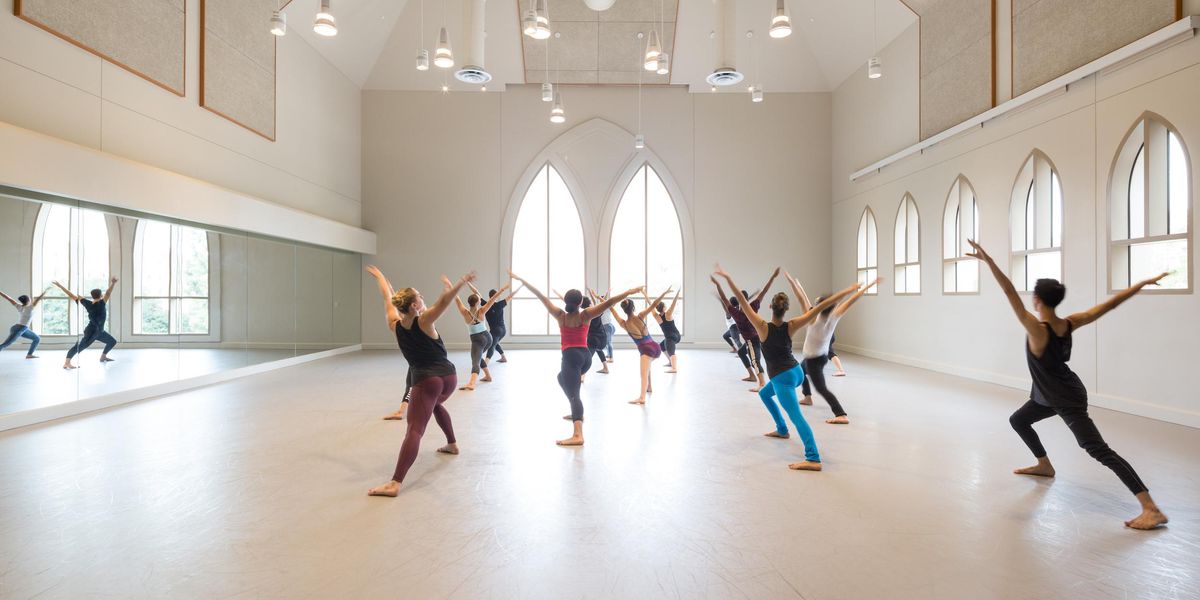Dancing Through Trauma
In the midst of heartbreak, injustice and violence, Baltimore protesters are finding peace and positivity through dance.
The events of the past week surrounding Freddie Gray’s death have sparked an incredible amount of media attention. Just today, all six police officers involved were charged with varying degrees of culpability. Most of the attention has been directed at protesters, who are mourning the loss of their community member and frustrated at the continuing prevalence of police brutality, some of whom have turned to violence.
A few media outlets, however, have covered protesters who are finding peaceful and positive ways to uplift their community and channel their pain. For some, dance seems to be a form of nonviolent protest. This man emerged from a crowd singing and dancing to Michael Jackson’s “Beat It.” The lyrics of the song (“You’re playin’ with your life / This ain’t no truth or dare / They’ll kick you, then they beat you, then they’ll tell you it’s fair/ So beat it.”) and the vigorousity of his dancing suggest that this is an act of protest just like the more traditional forms of resistance occurring around him. For others, dance is a way of reconnecting to one another, showing solidarity and support. Reports of drum circles, roller discos, dance-offs and capoeira circles were also reported throughout the past week.
Lisa Gresham-Wilson, a co-organizer of one of these dance parties told ThinkProgress: “Our job is to show love to a hurting community. Some people in this community are explosive and angry and what they’re doing is showing their insides in a massive way. So today we’re having a party, the negative shall be changed into a positive act, and that’s what we’re looking towards.” ThinkProgress also reported that even police officers lining the streets were bouncing to the beat.
Gresham-Wilson’s words emphasize the transformational powers that dance possesses. Even in its most unchoreographed, organic form
,
dance can bring communities together, express loss and trauma
and tell stories of social injustice and discrimination. In a time of suffering and confusion, people are turning to dance for recovery and organization.




